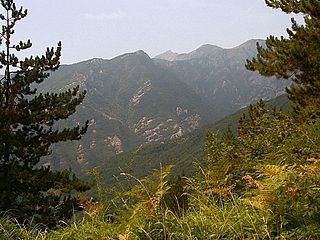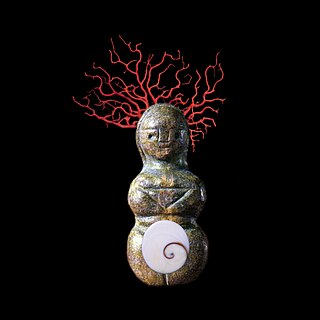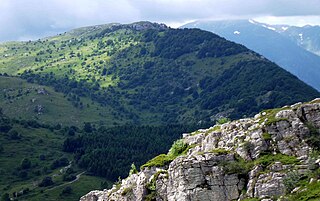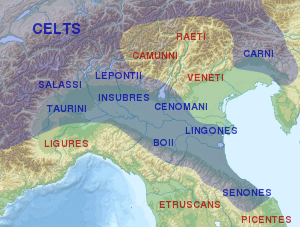
Liguria is a region of north-western Italy; its capital is Genoa. Its territory is crossed by the Alps and the Apennines mountain range and is roughly coextensive with the former territory of the Republic of Genoa. Liguria is bordered by France to the west, Piedmont to the north, and Emilia-Romagna and Tuscany to the east. It rests on the Ligurian Sea, and has a population of 1,557,533. The region is part of the Alps–Mediterranean Euroregion.

The Ligurian language was spoken in pre-Roman times and into the Roman era by an ancient people of north-western Italy and current south-eastern France known as the Ligures.

Cisalpine Gaul was the name given, especially during the 4th and 3rd centuries BC, to a region of land inhabited by Celts (Gauls), corresponding to what is now most of northern Italy.

The Ligures or Ligurians were an ancient people after whom Liguria, a region of present-day north-western Italy, is named. Because of the strong Celtic influences on their language and culture, they were also known in antiquity as Celto-Ligurians.

The Ligurian Alps are a mountain range in northwestern Italy. A small part is located in France. They form the south-western extremity of the Alps, separated from the Apennines by the Colle di Cadibona. The Col de Tende and the Vermenagna valley separate them from the Maritime Alps. They form the border between Piedmont in the north and Liguria in the south.

The Golasecca culture was a Late Bronze Age/Early Iron Age culture in northern Italy, whose type-site was excavated at Golasecca in the province of Varese, Lombardy, where, in the area of Monsorino at the beginning of the 19th century, Abbot Giovanni Battista Giani made the first findings of about fifty graves with pottery and metal objects.

The Corsi were an ancient people of Sardinia and Corsica, to which they gave the name, as well as one of the three major groups among which the ancient Sardinians considered themselves divided. Noted by Ptolemy, they dwelt at the extreme north-east of Sardinia, in the region today known as Gallura, near the Tibulati and immediately north of the Coracenses.

Monte Settepani is 1,386 metres high mountain in Liguria, northern Italy, part of the Ligurian Prealps.

Monte Armetta is a mountain in Piedmont, northern Italy, part of the Alps. At an altitude of 1,739 metres it is the highest summit of the Ligurian Prealps.

The Monte della Guardia is a mountain in Piedmont, northern Italy, part of the Alps. At an altitude of 1,658 metres is one of the highest summits of the Ligurian Prealps.

The Monte Antoroto is a mountain of the Ligurian Alps located in Piedmont.

The Cima delle Saline is a mountain of the Ligurian Alps located in Piedmont.

Monte Cianea is a 1,226-metre (4,022 ft) mountain of the Ligurian Prealps, in Italy.

Monte Peso Grande o Castell'Ermo (1.092 m) is a mountain of the Ligurian Prealps, the eastern section of the Ligurian Alps.

The Monte Camulera is a mountain of the Ligurian Prealps, the eastern section of the Ligurian Alps.
The Ligurian Prealps are a mountain range in northwestern Italy. They belong to the Ligurian Alps and are located between the regions of Piemonte and Liguria. Their highest summit is the monte Armetta, at an elevation of 1,739 metres (5,705 ft).
Fiorenzo Toso was an Italian academic, linguist, and dialectologist.



















